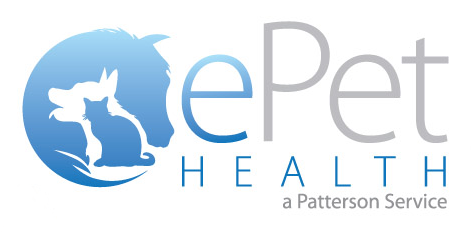Cave Creek, AZ 85331
Hoof Care
Hoof Care
Your Equine Veterinarian Helps with Hoof Care Essentials
Healthy hooves are a vital part of a horse's overall well-being. Damage or disease affecting these essential weight-bearing structures can not only lead to pain, lameness and secondary infection, but it can also make a horse more vulnerable to trips and falls that cause major traumatic injuries. In addition to having any obvious signs of hoof trouble or lameness diagnosed and treated, owners should have their horses' hooves checked and routine maintenance performed at regular intervals to ensure optimum wellness. An experienced farrier can make all the difference in your horse's health and quality of life.
Preventing Painful Conditions in Horses with Hoof Care
A hoof is a horny outgrowth that serves as a kind of natural "shoe," allowing a horse to walk on a variety of terrain without injury. It connects to the phalanx bones of the foot via a layer of tissue known as the lamina. If the lamina becomes weakened or damaged, the connection of the hoof to the coffin bone in the foot can become compromised, a condition known as laminitis. Common causes of laminitis include excessive riding over hard ground, nutritional imbalances, obesity, infection or Cushing’s disease, a condition caused by a pituitary tumor.
Laminitis can cause extreme discomfort and render a horse lame in short order. Treatment of the condition involves rest in addition to addressing the underlying problem. Supplements, a special diet, sedative and painkilling medications, or special supports may be prescribed to treat laminitis. Correct, regular trimming by your farrier can help prevent some of the damage that can promote laminitis.
Infection is another potential threat to horses' hooves. One common bacterial infection, thrush, causes the infection site to become black and crumbly, and a foul odor may also be present. Wet, muddy or unclean hooves are vulnerable to this and other types of infection. Repeated bouts of infection can eventually lead to a progressive deterioration of the lamina known as white line syndrome.
Regular cleaning of the hooves can help prevent infection, while proper trimming can prevent the hooves from cracking and opening the way for bacteria to enter. Treatment for thrush typically involves the application of an iodine solution or topical prescription medicines. Severely damaged tissues may need to be removed, after first removing that section of hoof, to allow for the growth of new, healthy tissue. During this time the horse may require special shoeing to protect these tissues as they reform.
Occasional hoof injuries are to be expected given the hard work these structures must perform. Soreness, abscesses, bruises and other conditions should be taken seriously, and the owner should contact his equine veterinarian for an evaluation. A properly equipped and staffed equine clinic can not only provide prompt, professional treatment but can also advise the owner on how to help minimize the occurrence of similar injuries in the future. Here at CVMC we can recommend best practices for weight management, diet and nutrition, hoof cleaning, farrier selection, and hygiene --which are all factors in healthy hooves.

Mission Statement
"We have a commitment as a team to improve ourselves both personally and
professionally so that we may better serve our patients by providing quality
veterinary care."
Our Slogan:
"Partners for Life"
Our Motto:
"Expect Excellence"

Cards Accepted






